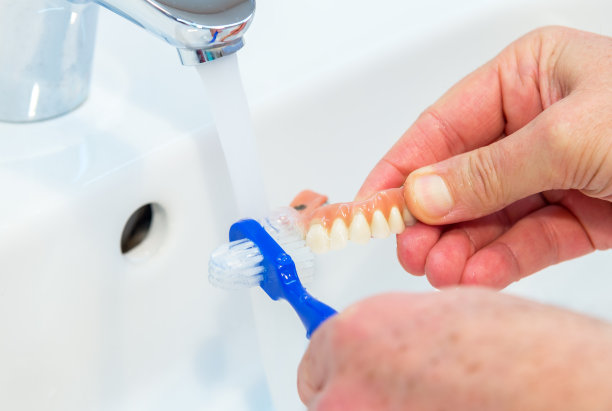Understanding the Dental Procedure and Aftercare for Extracting a Tooth Safely and Effectively
Summary: Understanding the dental procedure and aftercare for tooth extraction is crucial for ensuring a smooth and effective recovery. This article covers the essential steps involved in the extraction process, discusses types of extractions, emphasizes the importance of pre- and post-operative care, and offers guidance on managing pain and preventing complications. By familiarizing patients with these aspects, we aim to alleviate apprehensions surrounding dental extractions, empower patients with knowledge, and promote optimal healing after the procedure. Through this comprehensive approach, we hope to ensure that tooth extractions are handled safely and effectively.
1. Overview of the Tooth Extraction Process

Tooth extraction is a dental procedure performed to remove a damaged, decayed, or troublesome tooth. The process usually begins with a thorough examination by the dentist, who may take X-rays to get a clear view of the tooth and its roots. Understanding the degree of trouble posed by the tooth helps the dentist plan the procedure appropriately.
After examining the tooth, local anesthesia is administered to minimize pain during the extraction. Depending on the complexity of the procedure, sedation may also be offered to help manage anxiety. Once numbness is confirmed, the dentist carefully loosens the tooth from its socket using specialized dental tools.
Finally, the tooth is removed from the gum. In cases of impacted wisdom teeth, the extraction may require more time and effort, requiring incisions in the gum. After the tooth is extracted, the dentist may provide gauze to control bleeding and advise on post-operative care.
2. Types of Tooth Extractions Explained
There are primarily two types of tooth extractions–simple and surgical. Simple extractions are commonly performed on visible teeth that are easily accessible. They typically involve less recovery time and are straightforward for both the patient and dentist.
Surgical extractions, on the other hand, become necessary when teeth are broken or have not fully erupted, such as wisdom teeth. This type of extraction is more complex and may involve incisions to access the root beneath the gum line. Patients may expect longer recovery times following surgical extractions.
Understanding the difference between these types of extractions is vital for patients. The type of extraction determines the level of anesthesia, the complexity of the procedure, and the aftercare required, impacting recovery time and comfort.
3. Importance of Pre-Operative Care
Pre-operative care is essential for ensuring a successful tooth extraction. Patients should communicate their complete medical history, including allergies and medications, to their dentist. This information allows the dentist to tailor the approach, in terms of anesthesia and procedure, ensuring optimal safety.
It is usually advisable to refrain from eating or drinking several hours before the procedure. For those at risk of complications, specific instructions may be provided regarding medication adjustments prior to the extraction. Following these guidelines lays the groundwork for a smoother dental experience.
Patients should also consider arranging for transportation to and from the dental office, as anesthetics can impair their ability to drive. Furthermore, having a friend or family member accompany them can provide emotional support during a stressful procedure.
4. Post-Operative Care and Recovery Tips
Post-operative care is vital for preventing complications after tooth extraction. The dentist will provide guidance on managing pain and swelling, typically advising the use of ice packs and over-the-counter pain medications. Pain management is a crucial part of recovery as it helps patients cope with post-extraction discomfort.
Patients should follow specific instructions on maintaining oral hygiene while avoiding the extraction site. Gentle rinsing with warm salt water can promote healing without disturbing the clot that forms in the socket. It is advised to avoid strenuous activities and smoking for at least 48 hours post-extraction.
Monitoring for signs of infection, such as increased swelling, pus, or fever, is also essential. If any concerning symptoms occur, immediate consultation with the dentist is necessary. A proactive approach to post-operative care will help ensure optimal healing and prevent complications.
Summary:
Understanding the steps involved in tooth extraction, including the types available, the importance of pre-operative care, and post-operative health measures, helps patients feel more prepared and informed. The goal is to ensure each extraction is conducted safely and effectively, paving the way for a smooth recovery.
This article is compiled by Vickong Dental and the content is for reference only



